Home>Articles>Why Does Rice Stick To The Bottom Of My Rice Cooker
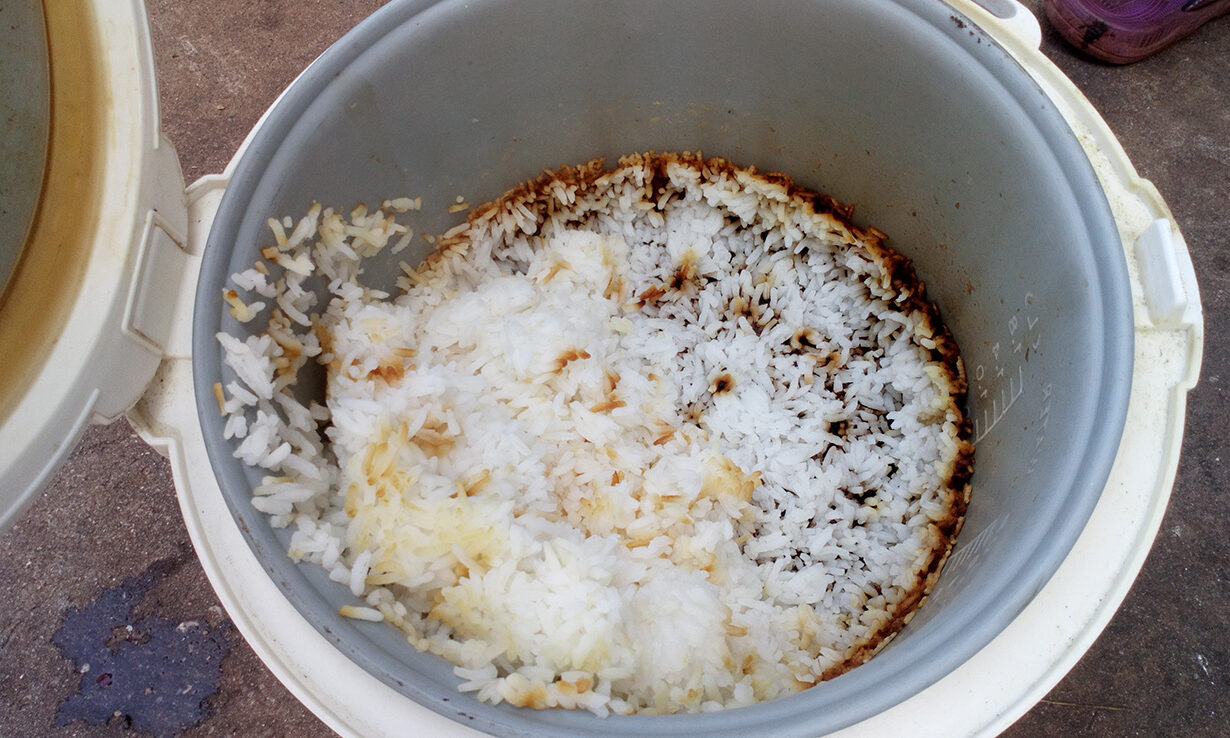

Articles
Why Does Rice Stick To The Bottom Of My Rice Cooker
Modified: August 28, 2024
Discover why rice tends to stick to the bottom of your rice cooker in this insightful article. Find tips and solutions to prevent this common problem.
(Many of the links in this article redirect to a specific reviewed product. Your purchase of these products through affiliate links helps to generate commission for Storables.com, at no extra cost. Learn more)
Introduction
Welcome to the world of rice cooking! Whether you are a seasoned chef or a novice in the kitchen, you have likely encountered the frustrating phenomenon of rice sticking to the bottom of your rice cooker. This common issue can leave you with a pot full of clumpy, hard-to-clean rice, and may even discourage you from using your rice cooker altogether.
In this article, we will dive into the science behind why rice sticks to the bottom of your rice cooker, explore common mistakes people make when cooking rice, and provide you with some helpful tips to prevent this sticky situation. We will also touch upon the importance of cleaning and maintaining your rice cooker to ensure its optimal performance.
So, let’s unravel the mysteries of rice stickiness and equip ourselves with the knowledge and techniques necessary to conquer this culinary dilemma!
Key Takeaways:
- Say goodbye to sticky rice by using the correct rice-to-water ratio, rinsing the rice, and avoiding common mistakes like opening the lid or stirring during cooking. Embrace the art of rice cooking and enjoy fluffy, non-sticky rice every time!
- Keep your rice cooker in top condition by regularly cleaning and maintaining it. Remove food debris, descale when necessary, and ensure thorough drying to prevent rice from sticking and extend the lifespan of your appliance.
Read more: Why Does My Rice Cooker Smell Bad
Understanding Rice Cookers
Before we delve into the reasons behind rice sticking to the bottom of your rice cooker, let’s first understand how these appliances work. Rice cookers are specifically designed to simplify the process of cooking rice. They consist of an inner pot, a heating element, a thermostat, and a lid.
The inner pot is usually made of a nonstick material, such as aluminum or stainless steel, which helps prevent rice from sticking during the cooking process. The heating element, located at the bottom of the cooker, provides the necessary heat to cook the rice evenly. The thermostat is responsible for maintaining a consistent temperature, ensuring that the rice is cooked to perfection.
When you add water and rice to the inner pot and turn on the rice cooker, the heating element heats the water, bringing it to a boil. As the water boils, it is absorbed by the rice, which causes the starch in the rice grains to gelatinize. This gelatinization process is what gives cooked rice its fluffy texture.
Once the rice cooker detects that the water has been completely absorbed by the rice, it automatically switches to a “keep warm” mode, where the temperature is lowered to maintain the cooked rice’s freshness until it is ready to be served.
Now that we have a basic understanding of how rice cookers work, let’s explore why rice tends to stick to the bottom of the pot during the cooking process.
The Science Behind Rice Stickiness
The stickiness of rice can be attributed to the presence of starch, particularly amylopectin, which is a type of complex carbohydrate found in rice grains. Amylopectin is responsible for the gelatinization process that occurs when rice is cooked.
During cooking, as the rice absorbs the boiling water, the starch granules in the rice grains begin to swell. As they swell, they release amylose and amylopectin, which form a sticky gel-like substance. This gelatinized starch is what makes the cooked rice sticky and cohesive.
When rice is cooked in a rice cooker, the heat is applied evenly to the bottom of the pot. As the water boils and the rice absorbs it, the starches are released and become concentrated at the bottom. With the heat focused on the bottom, the starches in contact with the hot surface undergo further gelatinization, resulting in the rice sticking to the pot.
The amount of stickiness in cooked rice can also vary depending on the type of rice used. Short-grain rice, such as Japanese sushi rice or Arborio rice, contains a higher proportion of amylopectin compared to long-grain rice. This higher amylopectin content in short-grain rice contributes to its stickier texture.
Furthermore, the cooking time and temperature can also affect the stickiness of rice. If rice is cooked for too long or at too high of a temperature, the starches can over-gelatinize, causing the rice to become sticky and mushy.
Now that we understand the science behind rice stickiness, let’s explore some common mistakes that can contribute to rice sticking to the bottom of the rice cooker.
Common Mistakes When Cooking Rice
While rice cookers are designed to make the process of cooking rice easier, there are still some mistakes that can result in rice sticking to the bottom of the pot. By being aware of these common pitfalls, you can take steps to avoid them and achieve perfectly cooked, non-sticky rice every time.
1. Using the wrong ratio of rice to water: One of the most common mistakes is not using the correct ratio of rice to water. Different types of rice require different amounts of water for optimal cooking. It’s essential to follow the instructions provided by the rice manufacturer or consult a reliable rice-cooking guide for the correct ratio.
2. Not rinsing the rice: Failing to rinse the rice before cooking can result in excess starch on the rice grains, leading to stickiness. Rinse the rice under cold water until the water runs clear to remove any excess starch.
3. Adding too much water: Adding too much water to the rice cooker can cause the rice to become overly wet and clumpy, increasing the chances of sticking. Use the recommended amount of water for the type of rice you are cooking, and avoid adding excess water.
4. Opening the lid during cooking: Opening the rice cooker lid while the rice is cooking can disrupt the cooking process and release steam. This can lead to uneven cooking and sticky rice. Resist the temptation to peek and trust the rice cooker to do its job.
5. Leaving the rice in the cooker too long: Once the rice cooker switches to the “keep warm” mode, it’s essential to remove the rice promptly. Leaving the rice in the cooker for an extended period can make it more prone to sticking and drying out.
6. Stirring the rice: Avoid stirring the rice during the cooking process. Stirring disrupts the steam and can cause the rice to become sticky and clumpy.
By being mindful of these common mistakes, you can significantly reduce the chances of rice sticking to the bottom of your rice cooker. However, there are additional steps you can take to prevent this issue entirely. In the next section, we will explore some useful tips to ensure perfectly cooked, non-sticky rice.
To prevent rice from sticking to the bottom of your rice cooker, try rinsing the rice before cooking to remove excess starch. You can also try adding a little bit of oil or butter to the rice and water before cooking.
Tips to Prevent Rice from Sticking to the Bottom
To avoid the frustration of rice sticking to the bottom of your rice cooker, here are some helpful tips that will ensure you achieve fluffy, non-sticky rice:
1. Use the correct rice-to-water ratio: Follow the instructions provided by the rice manufacturer or consult a reliable rice-cooking guide for the appropriate rice-to-water ratio. Using the correct amount of water will help achieve perfectly cooked rice without excess stickiness.
2. Rinse the rice: Before cooking, rinse the rice under cold water until the water runs clear. This rinsing process removes excess starch from the rice grains, resulting in less stickiness.
3. Soak the rice (optional): For certain types of rice, such as sticky rice or sushi rice, soaking the rice for 30 minutes to an hour before cooking can help reduce stickiness. This step allows the rice grains to absorb water gradually and cook more evenly.
4. Use a nonstick inner pot or liner: Consider using a nonstick inner pot or liner in your rice cooker. These surfaces help prevent rice from sticking, making it easier to clean up afterward.
5. Avoid stirring: Once you’ve added the water and rice to the rice cooker, refrain from stirring. Stirring can disrupt the cooking process and lead to sticky rice. Instead, let the rice cooker do its job and trust that the rice will cook evenly.
6. Let the rice rest: After the rice cooker switches to the “keep warm” mode, allow the rice to rest for a few minutes before serving. This resting period allows any excess moisture to evaporate, resulting in fluffier rice.
7. Serve with a gentle fluff: When serving the rice, use a fork or a rice paddle to gently fluff the grains. This will further loosen the texture of the rice and reduce any clumping.
By following these tips, you can greatly reduce the chances of rice sticking to the bottom of your rice cooker and achieve consistently delicious and fluffy rice.
Now that we’ve covered the preventive measures, let’s move on to discussing the importance of cleaning and maintaining your rice cooker.
Read more: Why Is My Rice Cooker Bubbling
Cleaning and Maintaining Your Rice Cooker
Properly cleaning and maintaining your rice cooker is crucial not only for its longevity but also for preventing rice from sticking to the bottom. Here are some essential tips to keep your rice cooker in excellent condition:
1. Unplug and cool down: Before starting the cleaning process, ensure that the rice cooker is unplugged and has had sufficient time to cool down. This is for your safety and to avoid any potential injuries.
2. Remove the inner pot: Take out the inner pot from the rice cooker and wash it with warm, soapy water. Use a soft sponge or cloth to gently scrub the surfaces, including the bottom, to remove any stuck-on rice or residue.
3. Clean the heating plate: Wipe down the heating plate inside the rice cooker with a damp cloth or sponge to remove any food particles or buildup. Be cautious not to immerse the rice cooker in water, as this can damage the electrical components.
4. Pay attention to the seal and vent: Check the seal and vent of your rice cooker for any food debris or residue. Use a small brush or toothpick to gently clean these areas and ensure that they are free from clogs or blockages.
5. Wipe the exterior: Use a damp cloth or sponge to wipe the exterior of the rice cooker. This will remove any dirt or spills and keep your rice cooker looking clean and presentable.
6. Dry thoroughly: After cleaning, make sure to dry all the components of your rice cooker thoroughly before reassembling or storing. Moisture can lead to mold or damage, so ensure that everything is completely dry before use.
7. Regular descaling: Over time, mineral deposits can build up on the heating plate or inner pot of your rice cooker. To remove these deposits, you can descale your rice cooker using a mixture of vinegar and water. Follow the manufacturer’s instructions for descaling or refer to the user manual.
By regularly cleaning and maintaining your rice cooker, you can ensure its optimal performance and prevent rice from sticking to the bottom. A well-maintained rice cooker will not only produce better-tasting rice but also last longer, saving you from unnecessary expenses and frustrations.
Now that you have learned about cleaning and maintaining your rice cooker, let’s wrap up our discussion.
Conclusion
Dealing with rice sticking to the bottom of your rice cooker can be a frustrating experience. However, armed with the knowledge and tips shared in this article, you are now equipped to overcome this culinary challenge.
We’ve explored the science behind rice stickiness, highlighting the role of starch and the gelatinization process. We’ve also discussed common mistakes people make when cooking rice and provided valuable tips to prevent rice from sticking to the bottom of your rice cooker.
Remember to use the correct rice-to-water ratio, rinse the rice before cooking, and avoid stirring during the cooking process. Letting the rice rest before fluffing it and serving can also significantly improve the texture and reduce stickiness.
Additionally, maintaining the cleanliness of your rice cooker is essential. Regular cleaning, removing food debris, and descaling will not only prevent rice sticking but also extend the lifespan of your rice cooker.
By implementing these techniques and following good practices, you can consistently achieve fluffy, non-sticky rice that’s a delight to serve and enjoy.
So, don’t let the fear of sticky rice deter you from using your rice cooker. Embrace the art of rice cooking, experiment with different types of rice, and savor the satisfaction of perfectly cooked grains.
With these insights and strategies, you can bid farewell to the sticky dilemma and confidently create delicious rice dishes that will delight your taste buds and impress your guests.
Happy cooking!
Now that you've got the hang of keeping rice from sticking in your cooker, maybe you're wondering why your rice often turns out overly sticky. Our next article dives into the nuances of preparing perfect rice every time, explaining why your rice might not always come out as expected. With practical advice and easy-to-follow tips, you'll soon master the art of cooking rice that's just right, not too sticky nor too dry. Interested? Check out our detailed guide on managing sticky rice scenarios in your kitchen.
Frequently Asked Questions about Why Does Rice Stick To The Bottom Of My Rice Cooker
Was this page helpful?
At Storables.com, we guarantee accurate and reliable information. Our content, validated by Expert Board Contributors, is crafted following stringent Editorial Policies. We're committed to providing you with well-researched, expert-backed insights for all your informational needs.
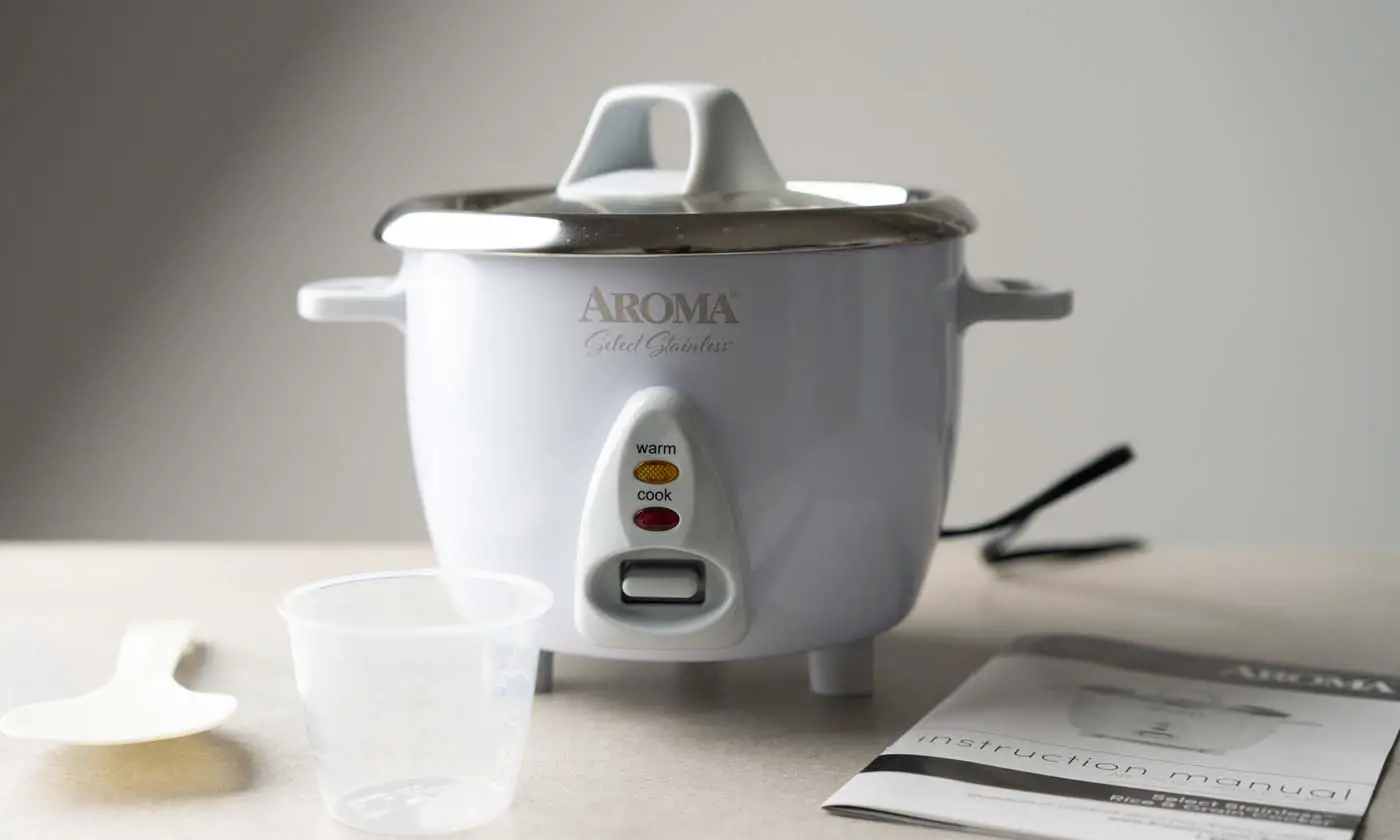

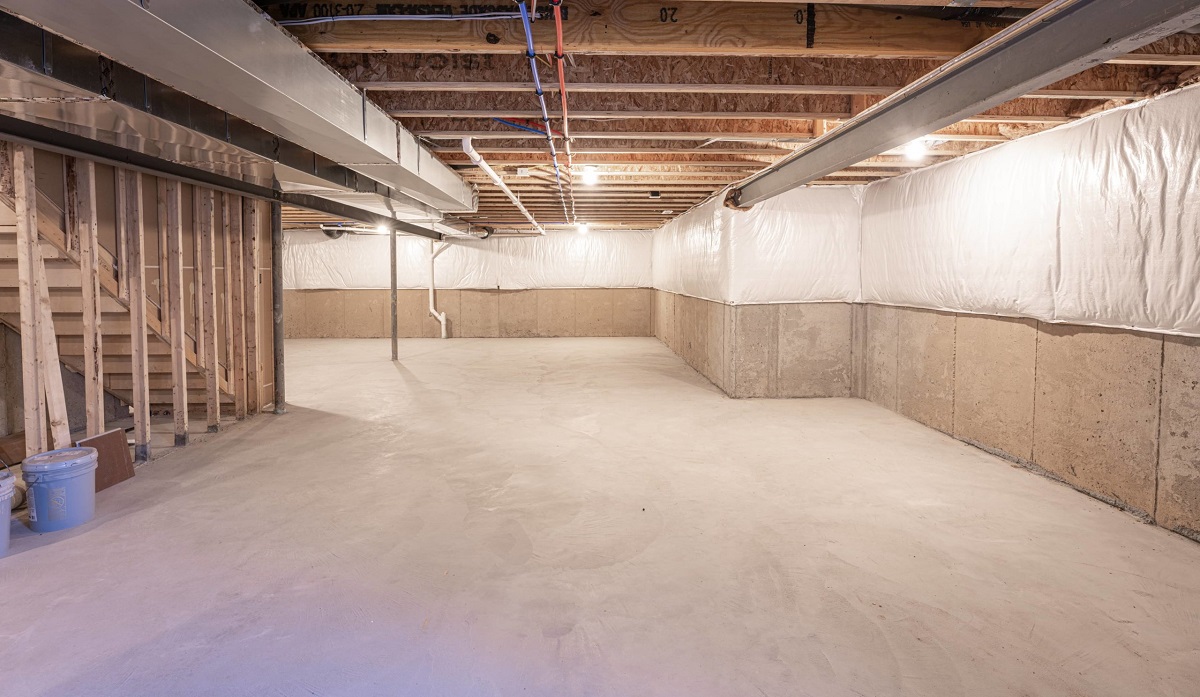
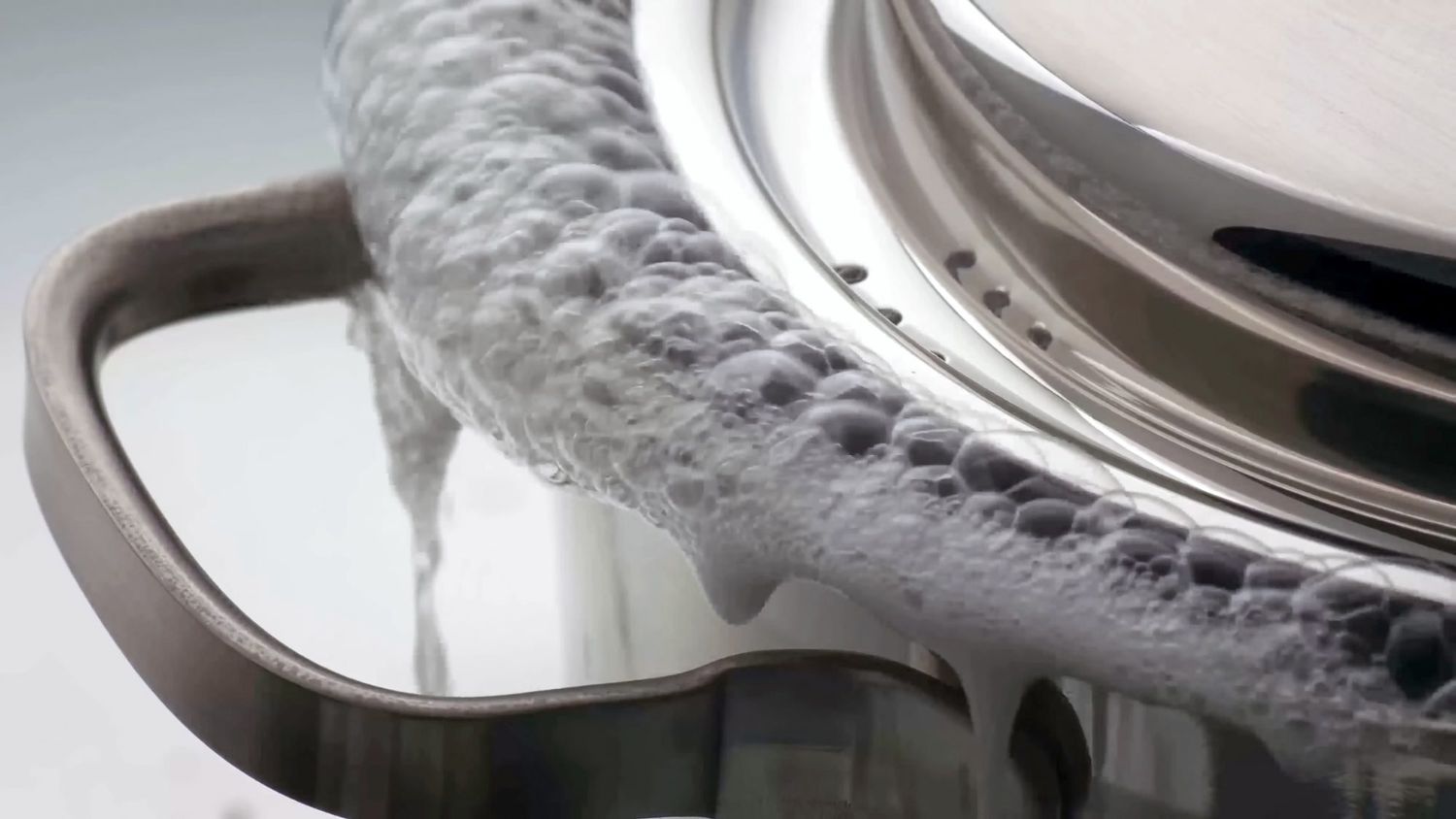
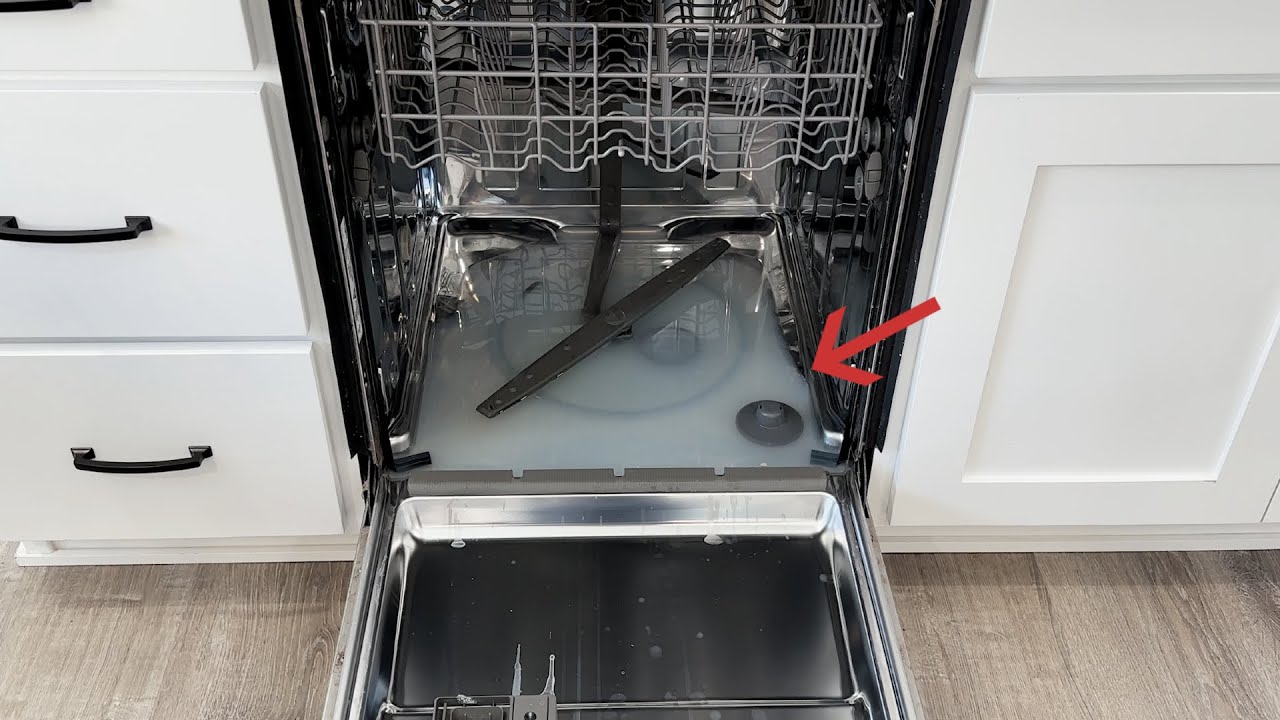
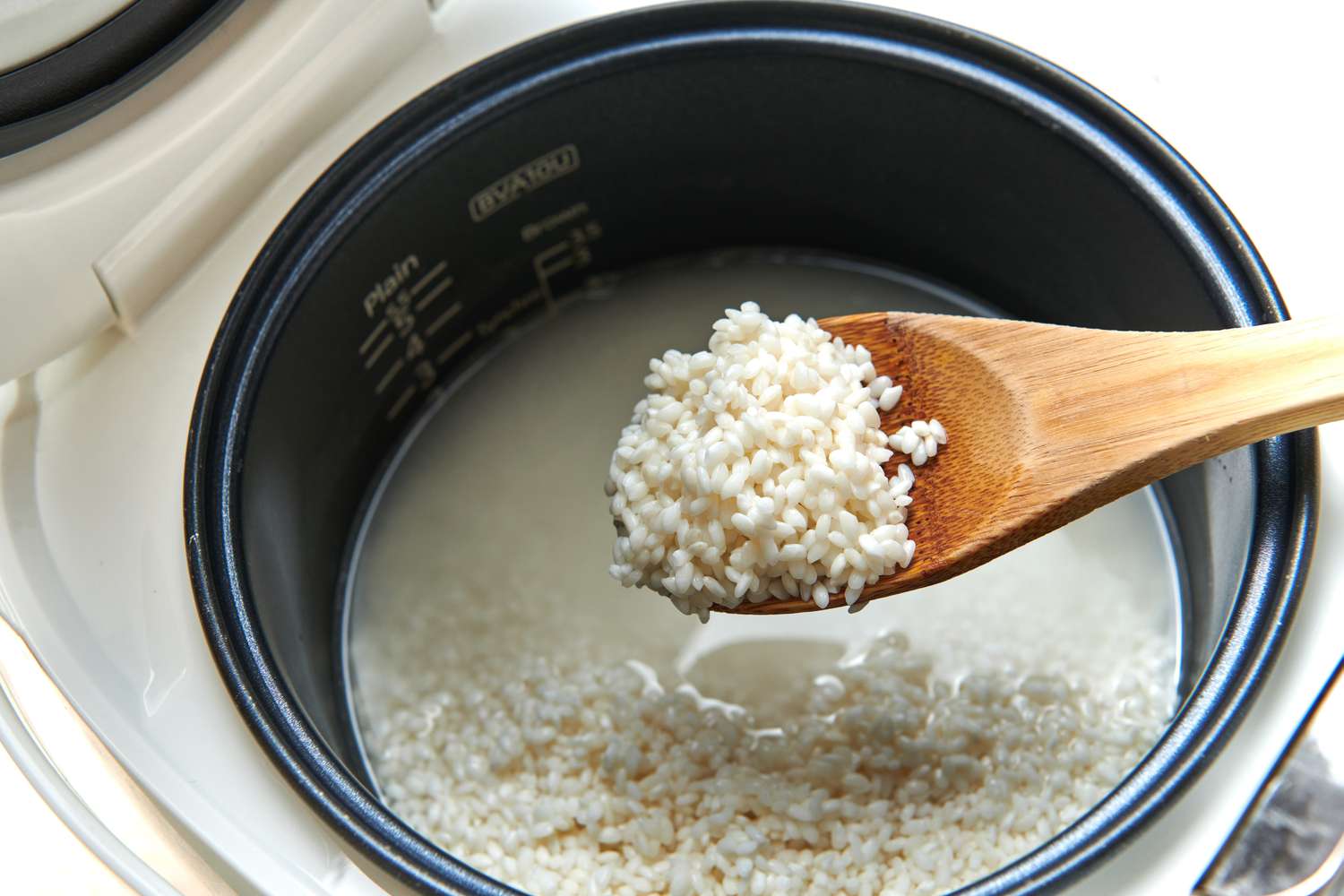
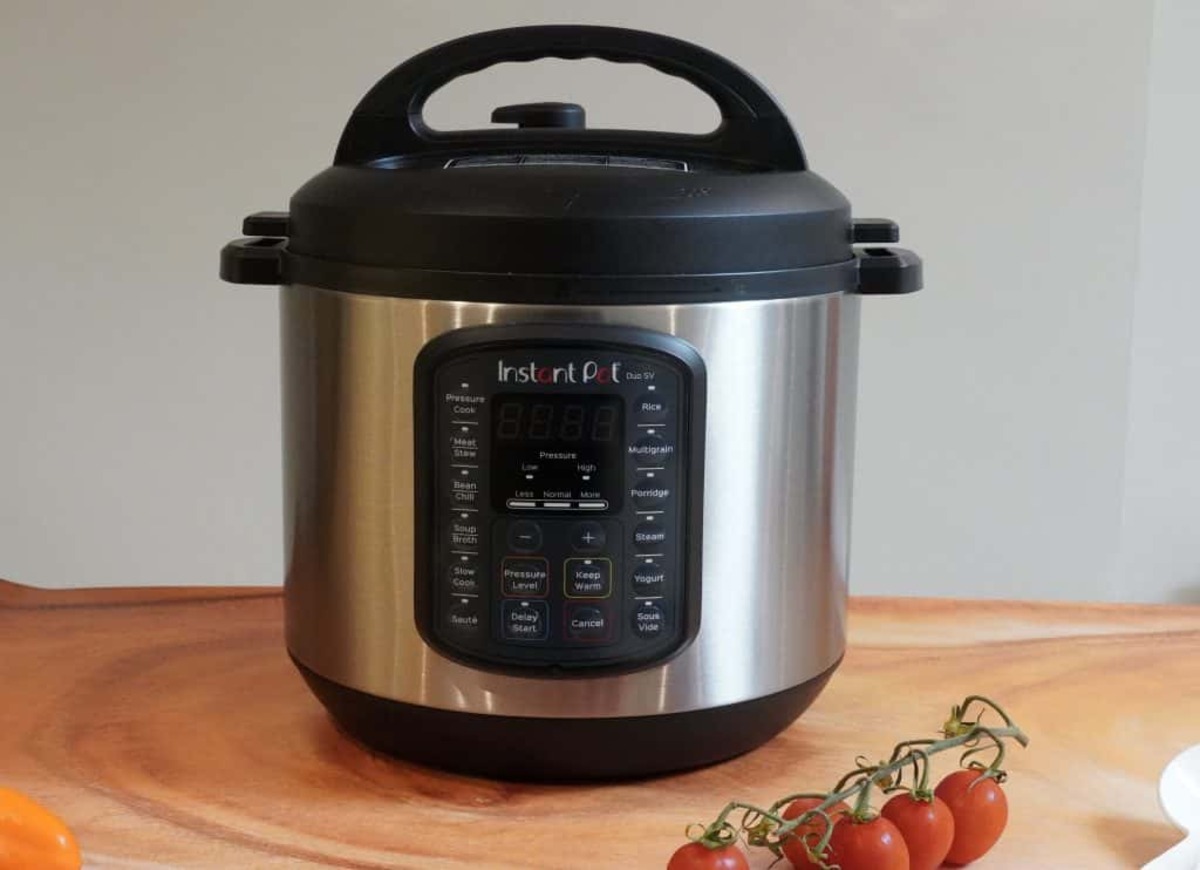
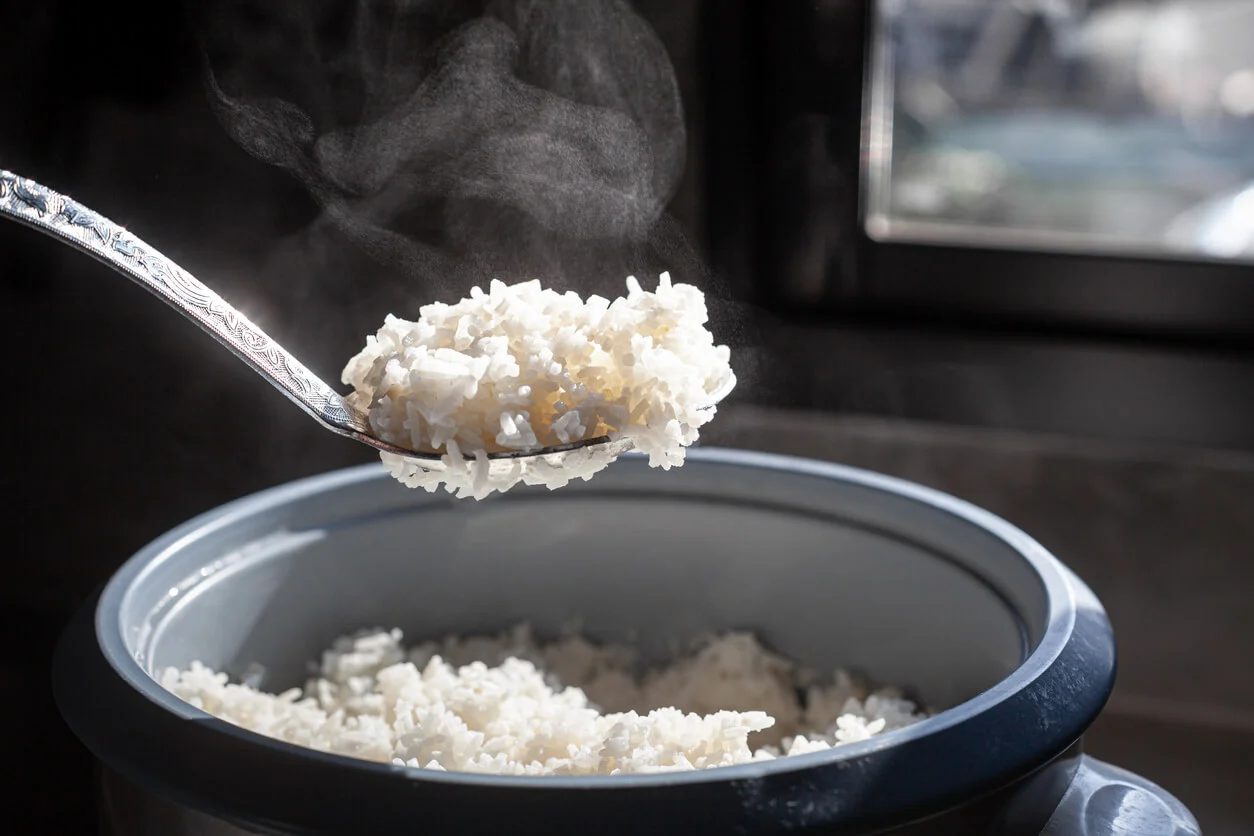

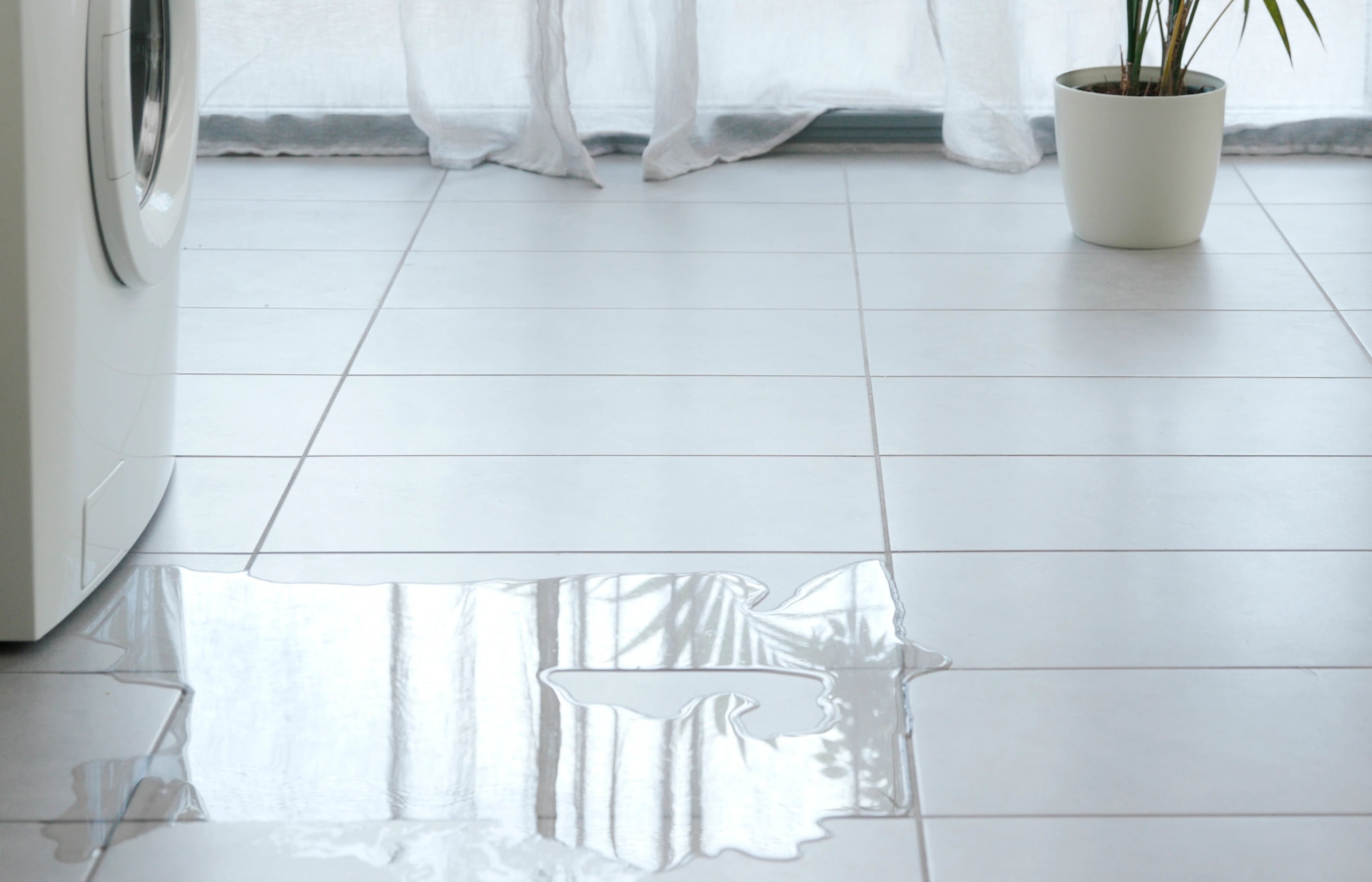
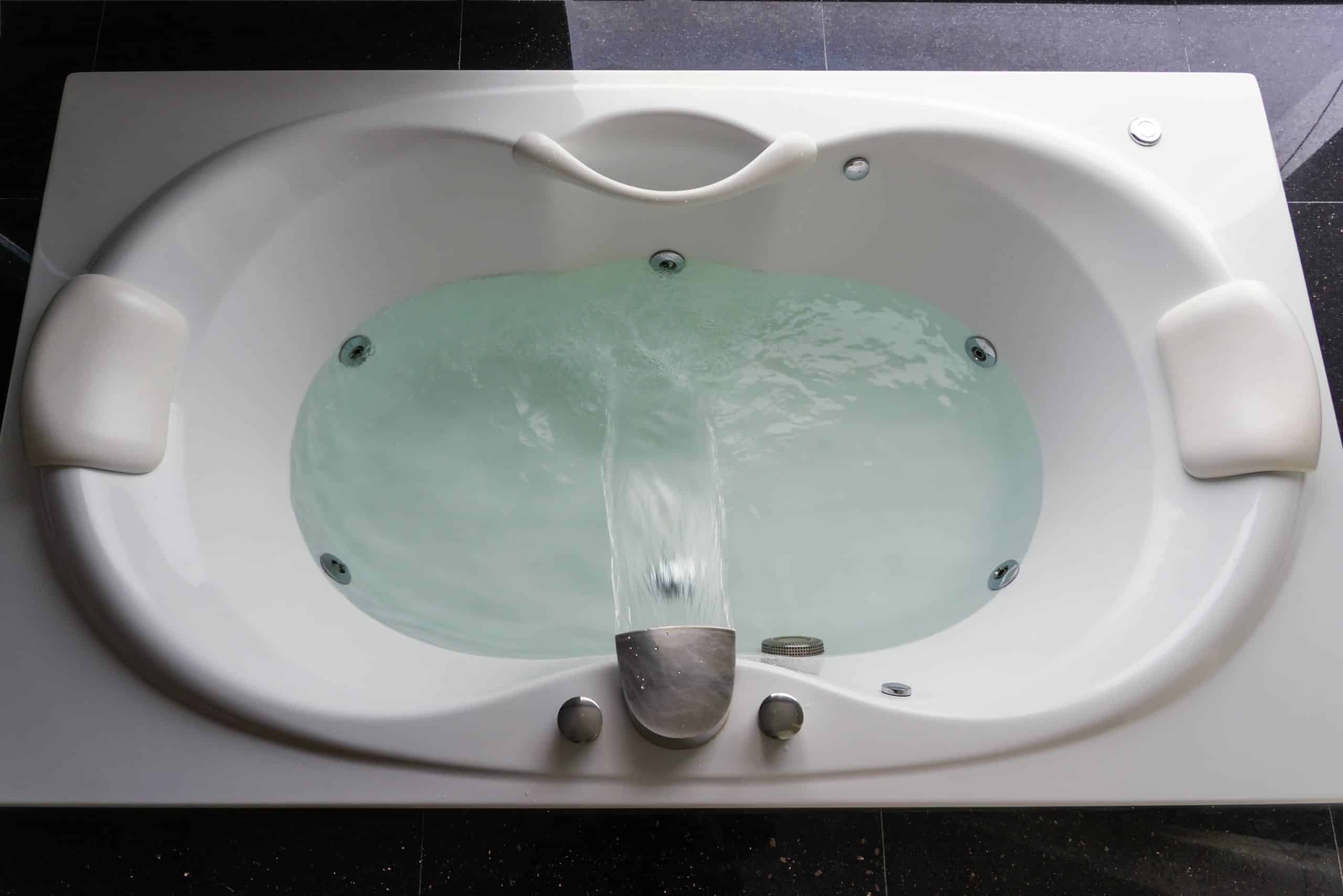
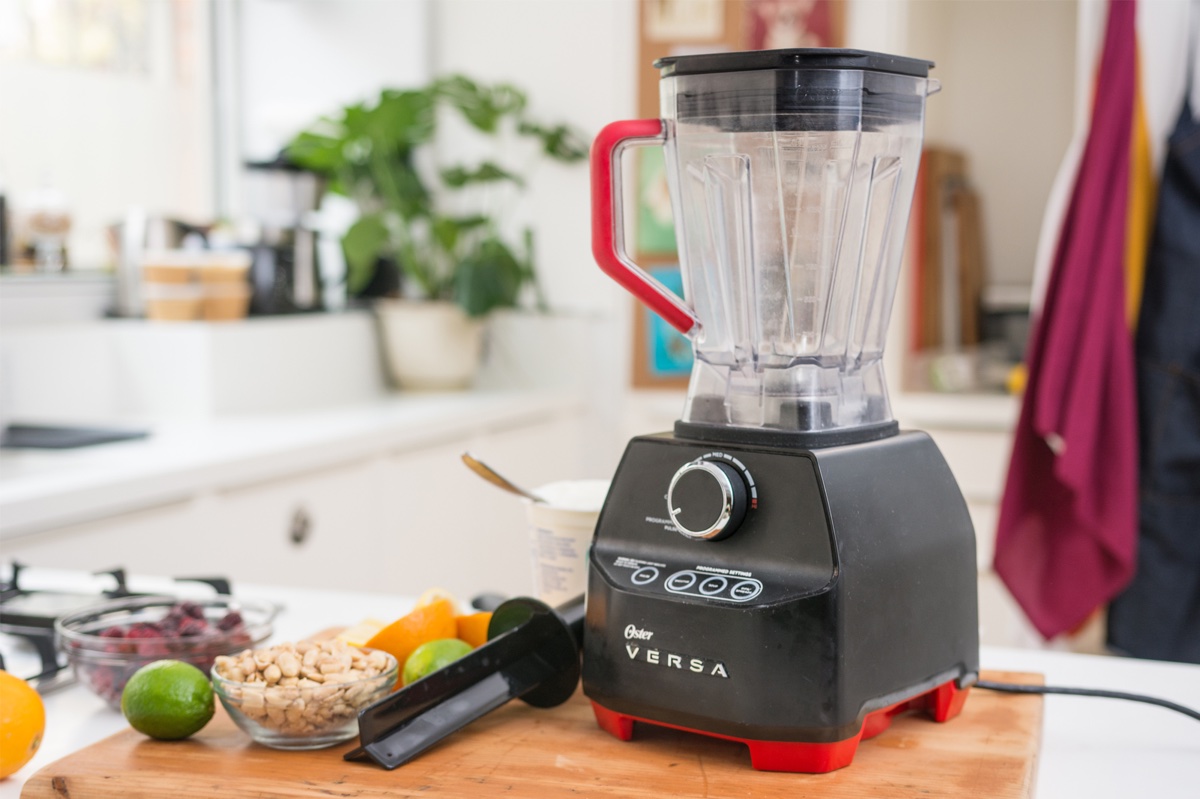

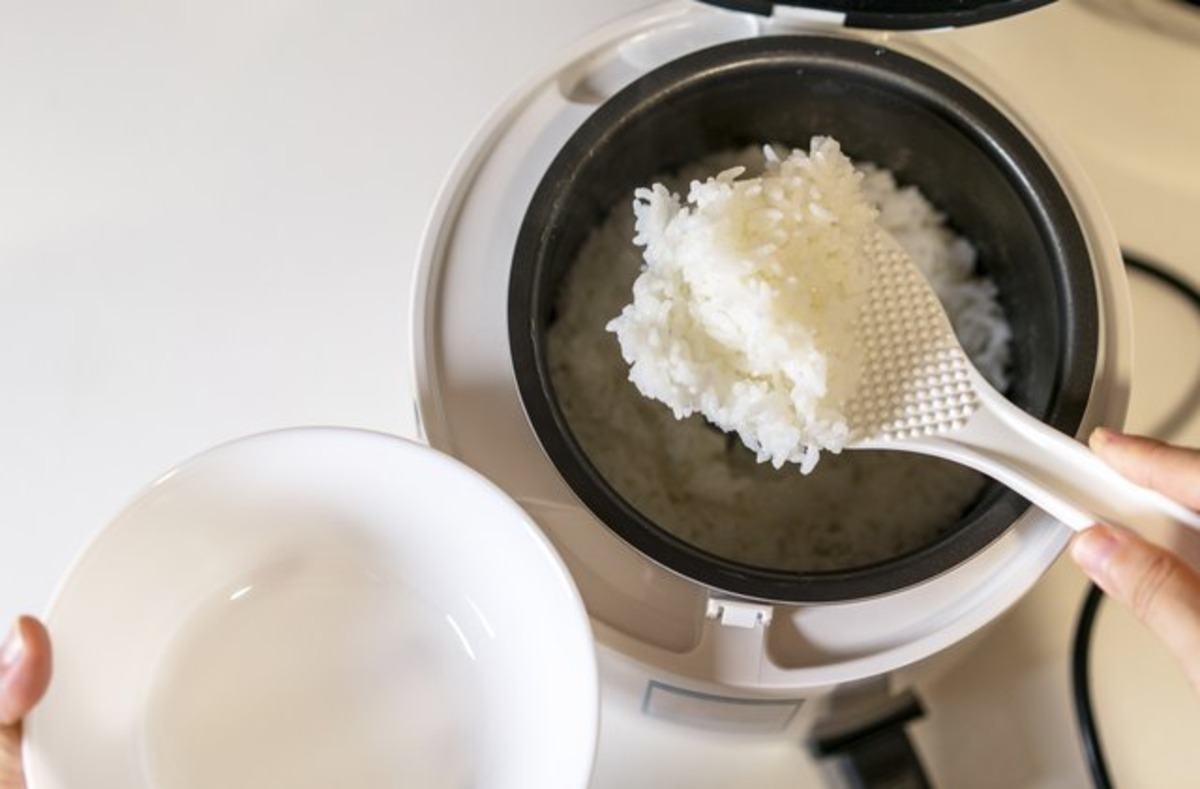

0 thoughts on “Why Does Rice Stick To The Bottom Of My Rice Cooker”